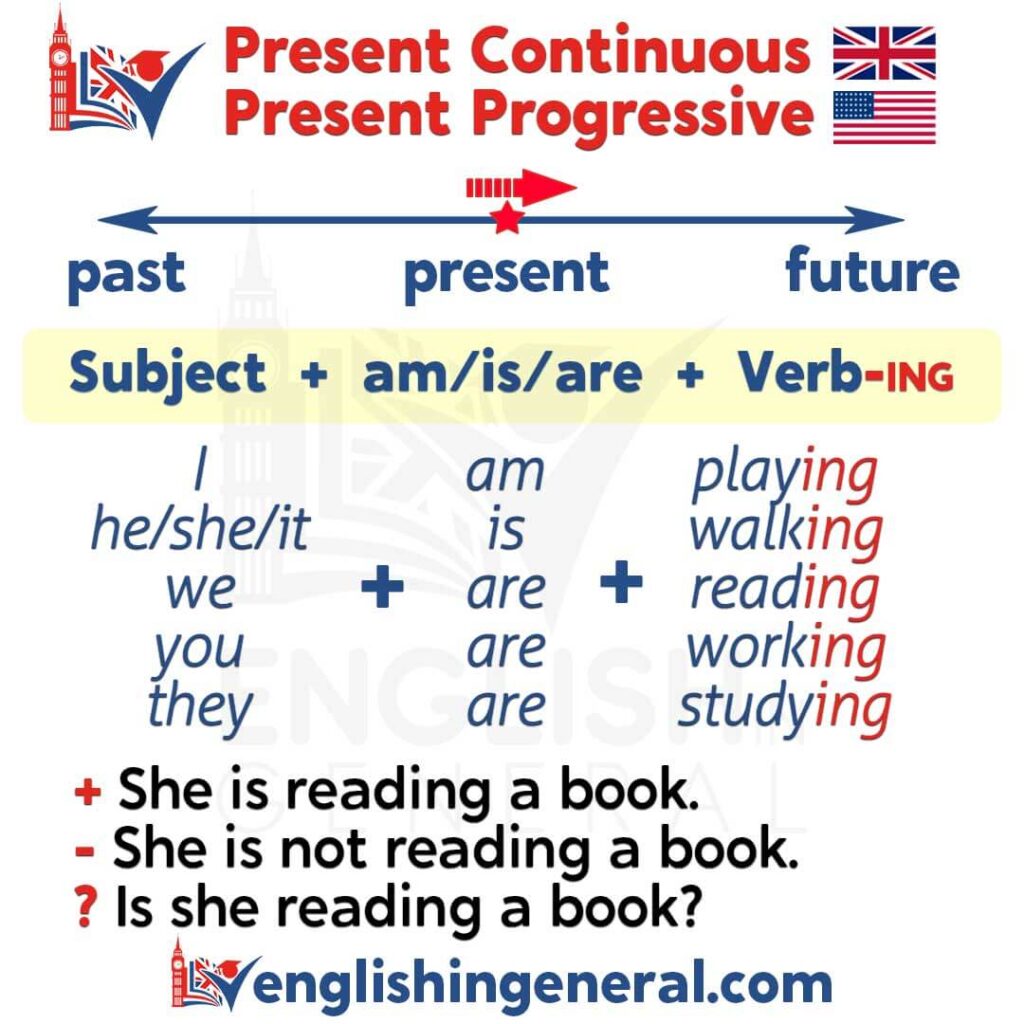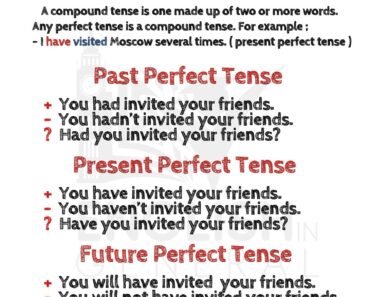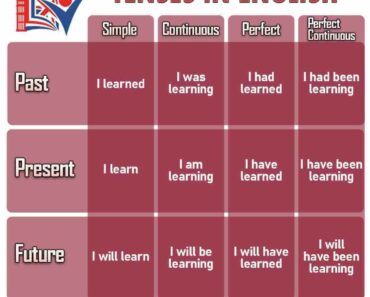
Difficulty naming the English progression
Table of Contents – Continuous or Progressive
What is the difference between progressive and continuous?
In general, when you learn English, you’ll come across these two terms: progressive and continuous. First you have to realize that these are designations for certain tenses. They always contain a form of ‘to be’ (‘am, is, are’ etc.) as well as a verb in the ing-form (present participle).
Next, the real problem is assuming that two terms have two different meanings. However, this is not the case. Basically, both mean exactly the same thing and can therefore be exchanged for one another. The term progressive specialized language schools for English as a foreign language (at home and abroad), on the other hand, there is a tendency towards continuous.
Meaning and naming of the tenses in the progressive form
As stated, both expressions indicate the course form – basically a process that is currently in progress at the specific point in time of the statement. Features and special uses depend on the respective time.
Since there is no difference between the two names, the progressive times can also be named with both forms. Compare the example sentences in the table using the verb ‘to eat’ (to eat):
Option 1 Option 2 examples in a sentence
Present Progressive corresponds to Present Continuous
- He is eating.
Present Perfect Progressive corresponds to Present Perfect Continuous
- He has been eating.
Past Progressive is equivalent to Past Continuous
- He was eating.
Past Perfect Progressive corresponds to Past Perfect Continuous
- He had been eating.
Future Progressive corresponds to Future Cont.
- He will be eating.
Future Perfect Progressive corresponds to Future Perfect Cont.
- He will have been eating.


